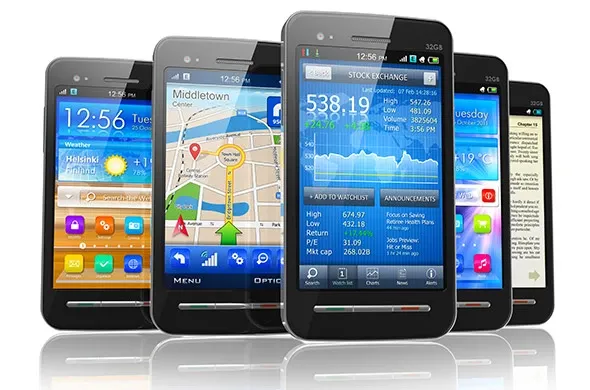Worldwide IT Spending to Grow Eight Percent in 2024
Worldwide IT spending is expected to total $5.06 trillion in 2024, an increase of 8% from 2023, according to the latest forecast by Gartner.

In 2017, the value of the smartphone market in Central and Eastern Europe (CEE), Russia, and the CIS increased by 16.6% year on year to $17.51 billion, representing its highest value ever, according to IDC. Calculated in euro, the year-on-year growth was 14.4%. The total number of phones sold in the CEE region fell slightly from 2016, just topping 100 million units, while smartphone shipment volume rose by a modest 2.3%, to reach 76.48 million units.
But in Russia, expenditure on phones in 2017 rose to nearly the same level in dollar terms as it was in 2014, which saw the rouble crash at the end of the year, according to economic data from the Economist Intelligence Unit. The rouble is currently worth less than two thirds of the value it had versus the dollar before the crash in 2014.
The 4G smartphone market overall is growing steadily across the region, with smartphones making up nearly 79% of the total smartphone market in 2017, compared to less than 60% in 2016. Consumers continue to move to larger screens, with the 5.0-5.5" category now leading the CEE smartphone market in terms of sales, while the 5.5-6.0" segment ranks second.
Samsung’s broad portfolio helped it keep its position as the leading smartphone brand in CEE, but the challenge from Huawei, including its Honor brand, is getting more intense. Samsung has recovered from the drop which followed its peak in 2013, when it accounted for almost half the CEE smartphone market, and its share increased marginally to 35.5% in 2017.
Samsung is adapting to the difficulties of consistently finding new ways to innovate in smartphones by offering last year’s Galaxy models at discounted prices. Huawei performed better in 2017 than Samsung, with its share of the total smartphone market rising by almost 6 percentage points, to 14.2%. In a few countries, Huawei is catching up with Samsung; it has, in fact, taken leadership in the Czech Republic and is very close to doing so in Serbia.
Another brand that is rapidly increasing its presence, though only in a few key markets, is Xiaomi. The brand has quickly risen to challenge Huawei for the number two position in Russia's Android market and is also doing well in Poland.
Apple has never had the following in CEE that it has in Western Europe (WE), due to lower income levels. The average sales price (ASP) of a smartphone in WE is almost twice as high as in CEE. Apple has always struggled to capture a share of the CEE smartphone market that exceeds 10%, even with the introduction of cheaper models such as the relatively small-screen iPhone SE. Nevertheless, Apple performs well in value terms, representing 27.7% of market value share in 2017 (up slightly from 2016), despite only claiming 10.5% of the market in unit terms.
IDC expects a modest increase in smartphone sales in CEE in 2018, together with a rise in ASP, although the gains will be less pronounced than in 2017.